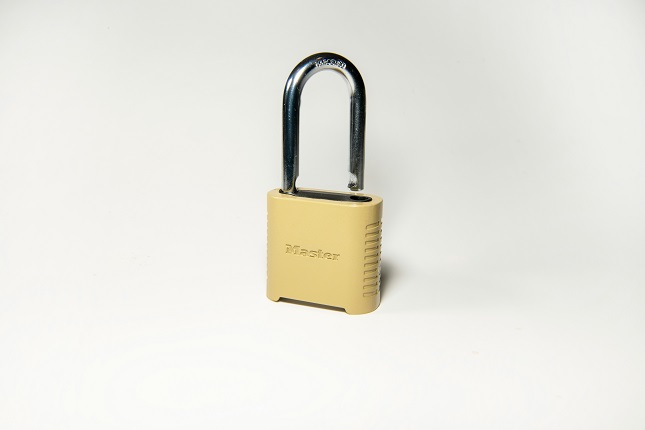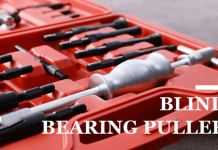Midnight in the Commercial Core
Between ten o’clock at night and sunrise, Midtown Manhattan undergoes a dramatic mood swing. The sidewalks outside the skyscrapers of Sixth Avenue empty of professionals and refill with maintenance crews rolling mop buckets. Freight elevators clank, security guards rotate to skeleton staffing, and loading docks take deliveries that would snarl traffic during daylight. These late hours keep the city’s commercial engine humming, yet they also create the ideal window of opportunity for burglars, social-engineers, and disgruntled former employees who know the building’s weak points. Locks become the first and last barrier, so property managers and tenants alike need a locksmith who can respond instantly, carry the right parts, and understand the digital ecosystems woven through modern access control.
Understanding Midtown’s Unique Risk Profile
What makes Midtown different from Outer-Borough industrial parks is density: hundreds of offices, hotels, retail showrooms, and co-working lofts share a handful of service alleys. One compromised credential or jammed panic bar can halt operations for three separate businesses stacked above one another. Many of the glass-curtain walls installed in the 1980s rely on specialised patch-fitting deadlatches invisible to casual observers but critical to Life-Safety Code compliance. Back-of-house corridors connect food-service kitchens to garbage compactors; if a magnetic shear lock there fails during a power outage, an entire hotel tower may violate egress regulations. Even small glitches carry outsized consequences because Midtown’s square-foot rents mean every minute of downtime bleeds revenue.
Response Time Is a Non-Negligible Metric
For that reason the first screening question for any locksmith should be, “How soon can you reach a jammed loading-dock door at 2 a.m. during a grid-lock alert?” Anecdotes are less helpful than data. Competent firms log GPS-stamped arrival times and can state an average after-hours ETA—often under thirty minutes—from Penn Station to the U.N. corridor. They achieve that speed by parking fully stocked vans near key thoroughfares and using dispatch software that reroutes technicians around late-night street closures. A property manager should insist on seeing those heat-map statistics before signing a service contract; if the number is padded, so is the promise.
Mid-Article Anchor—Selecting the Right Expert
When the shortlist is down to two or three vendors, ask each midtown locksmith for a walk-through of the building. The visit reveals whether the technician recognises pivot-hinge frameless doors that demand top-rail drop bolts rated for five hundred pounds, whether they carry glass-door strike plates sized for three-quarter-inch stiles, and whether they understand that electrified panic hardware must keep its original three-hour fire label after retrofit. Watching them inspect hinges, measure clearances, and test card readers in real time tells more than any brochure.
Mechanical Versatility and Digital Fluency
Midtown’s hardware mix is eclectic: heritage brass mortise locks guard Art Deco lobbies while down the block a start-up’s server room relies on PoE-powered smart cylinders. A locksmith therefore needs both a pinning kit for a 1930s Corbin mortise and an EEPROM flasher for a Bluetooth reader whose firmware must stay ahead of published vulnerabilities. The technician should be able to explain why OSDP-encrypted RS-485 reader wiring beats the older Wiegand protocol, and how TLS certificates protect a cloud dashboard used by building management. Digital competence is not optional, because physical security now sits on the same network as HVAC sensors and CCTV streams.
The Quiet Art of After-Hours Work
Late-night service calls demand discretion. A battery drill shrieking in a marble corridor echoes through two dozen floors of guest rooms. Reputable locksmiths carry low-RPM mortisers, silent electric picks, and torque wrenches fitted with vibration-dampening grips. They also know how to handle glass and aluminium fragments without triggering new alarms or leaving debris that janitorial staff might miss. After finishing, they photograph serial numbers and label placement, uploading documentation to a secure portal so risk managers can reconcile inventory the next morning.
Documentation, Insurance, and Long-Term Value
Speaking of paperwork, underwriters increasingly tie premiums to proof that exterior doors use pick-resistant UL-437 cylinders and that smart locks run current firmware. A qualified locksmith issues digital certificates and stores them for easy retrieval—a lifesaver when claims adjusters ask for evidence six months after an incident. Service contracts should spell out preventive-maintenance visits—typically twice a year—during which the technician torques hinge screws, tests battery backups in electric strikes, and patches software. Hourly rates matter less than the avoidance of emergency drill-and-replace scenarios that could have been caught in routine inspections.
Evaluating the Service Agreement
Before signing, confirm that the contract includes an escalation ladder: the initial technician should have four hours to resolve any incident before a senior engineer or principal intervenes. Make sure the vendor guarantees to stock replacement mortise cases for brands discontinued years ago; Midtown still holds doors stamped with companies long out of business. Clarify the exit clause as well—a thirty-day opt-out if response-time service-level agreements are breached more than once protects the client from perpetual underperformance.
Final Thoughts—A City That Never Sleeps Deserves Locks That Never Fail
Midtown’s skyline beams a promise of relentlessness: office towers ablaze with midnight lights project ambition that tourists carry home in photos. Behind those façades, though, real people fret about jammed freight doors, disabled maglocks, or badge databases that failed to synchronise. Hiring the right locksmith transforms those worries into a manageable maintenance routine. Choose a partner who merges mechanical craftsmanship, digital security savvy, and real-time mobility. Do the diligence now, and the next time a loading-dock striker fails at three in the morning, the solution will already be on the way—quiet, quick, and fully prepared to keep the city that never sleeps wide awake and open for business.









































